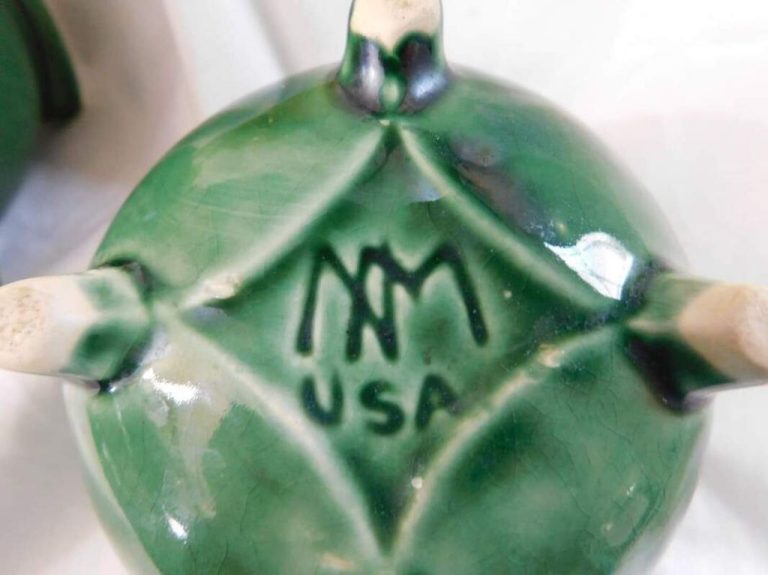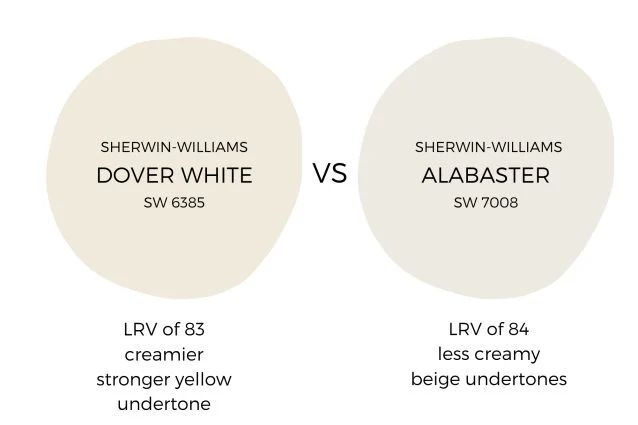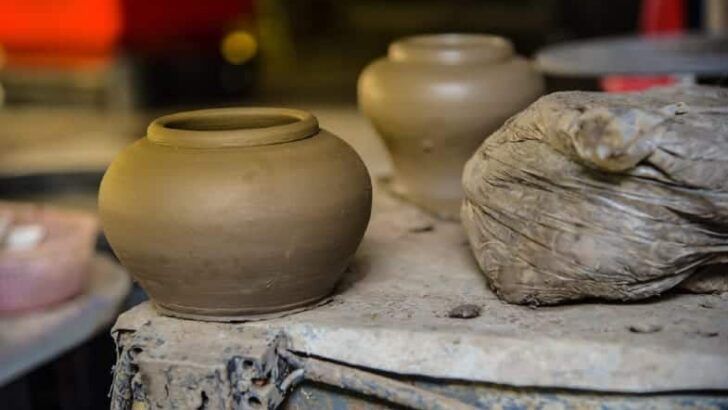What Clay Should I Use For Pizza Oven?
When building a wood-fired pizza oven, the choice of clay material is an important decision. Clay acts as a thermal mass to absorb, store, and gradually release heat in the oven, enabling efficient cooking and baking. The clay lining also serves as insulation to retain heat and protect the external structure from damage. Selecting the optimal clay material involves evaluating factors like thermal conductivity, density, porosity, and compressive strength. Common categories of clay used in pizza oven construction include firebricks, refractory bricks, and insulating bricks.
This article provides an overview of the properties, pros and cons, and ideal uses of various clay materials suited for crafting a pizza oven. With the right guidance on choosing clay wisely, you can build an efficient and long-lasting pizza oven tailored to your cooking needs and budget.
Firebricks
Firebricks, also known as refractory bricks, are bricks made from refractory ceramic material that can withstand extremely high temperatures, typically above 1000°C. They are primarily used to line furnaces, kilns, fireboxes, and fireplaces. Firebricks have very low thermal conductivity, which provides effective insulation for retaining heat at high temperatures.
Some key properties of firebricks:
- Withstand temperatures above 1000°C
- Low thermal conductivity provides good insulation
- Resistant to thermal shock
- High refractoriness helps resist slag formation
- Made from refractory clays, silicon carbide, or alumina
Firebricks are a common choice for building pizza ovens as they can withstand the high temperatures required for pizza baking, while also providing good insulation to maximize heating efficiency.
Refractory Bricks
Refractory bricks are a type of brick made from materials that can withstand extremely high temperatures, like those found inside pizza ovens. They are different from standard firebricks in a few key ways:
Refractory bricks are made from refractory ceramic materials that can resist temperatures above 1,800°F. Firebricks are typically rated for lower temperatures around 1,200-1,500°F. This makes refractory bricks better suited for the intense heat inside a pizza oven.
Refractory bricks have a higher alumina content (at least 50%) compared to firebricks. The alumina gives them increased resistance to corrosion from alkalis and acids. Firebricks have lower alumina content around 30-45%.
Refractory bricks are less porous than firebricks. Their dense structure provides superior insulation and heat retention inside the oven. Firebricks are more porous, which can allow heat to escape.
Refractory bricks are more expensive than basic firebricks due to the high purity of the raw materials required in their production. However, the increased durability and performance often makes the added cost worthwhile for pizza oven construction.
Cordierite
Cordierite is a type of refractory material that is commonly used in pizza oven construction. It has some unique properties that make it well-suited for high temperature applications like pizza ovens:
Properties of Cordierite:
– Low thermal expansion – This means cordierite does not expand and contract much with changes in temperature. This is important for maintaining the structural integrity of the pizza oven.
– Low thermal conductivity – Cordierite is an excellent insulator and helps retain heat inside the oven for optimal baking.
– High refractoriness – It can withstand very high temperatures up to 1400°C without softening or deforming.
– Resistant to thermal shock – Sudden temperature changes do not damage cordierite like it would other materials.
Benefits for Pizza Ovens:
– Provides excellent insulation to retain heat and cook pizza evenly.
– Maintains oven shape and structure despite high heat.
– Long lasting and durable material.
– Withstands the high temperatures needed to properly cook pizza.
– Does not transfer heat too quickly, so the floor can get very hot while the outside stays safe to touch.
– Can be used for both the oven floor and dome.
Vermiculite
Vermiculite is a natural mineral that expands when heated. It is formed from hydrated laminar minerals which are a family of sheet silicate minerals. When heated sufficiently, water molecules between the layers turn to steam causing the vermiculite to expand into accordion-like particles.
This expansion process is called exfoliation and it results in a lightweight, porous material that is fire resistant and has good insulating properties. Vermiculite can withstand temperatures up to 2,000°F. When used in a pizza oven, vermiculite helps insulate the oven for more efficient cooking.
To use vermiculite in a pizza oven, start by mixing it with a binder like Portland cement. This will create a lightweight concrete mixture or refractory castable material. Apply a 2-4 inch layer of the vermiculite concrete mixture to the oven floor and walls. Vermiculite concrete can also be used to create the oven dome or shape other components.
The porous structure of vermiculite contains many small air pockets. This gives it effective insulating properties by trapping air within the material. The trapped air prevents heat loss, allowing the oven to retain high temperatures for evenly cooking pizzas. Vermiculite is affordable and readily available, making it a popular choice for DIY pizza oven construction.
Perlite
Perlite is a volcanic glass that is heated rapidly to form small glass-like bubbles throughout the material. This process causes perlite to expand to 4-20 times its original volume, becoming very lightweight with many small air pockets. The resulting perlite granules and aggregates are white in color and have insulating and sound absorbing properties.
Perlite is commonly used as insulation in pizza ovens. It can be mixed with other materials like clay and cement to increase insulation performance. The porous perlite pockets trap air, creating a barrier that prevents heat transfer and helps maintain high temperatures inside the pizza oven. Using perlite allows heat to be retained more efficiently while still being lightweight. It provides an affordable way to create a high temperature thermal mass required for baking pizza and insulating the oven chamber.
Insulating Firebricks
Insulating firebricks are a key material for building a pizza oven dome or floor. They have some unique properties that make them well-suited for high temperature applications like a pizza oven.
Insulating firebricks are designed to provide insulation from heat while withstanding high temperatures. They are made from various refractory materials that provide low thermal conductivity, which prevents heat transfer through the bricks. The key properties of insulating firebricks include:
- Low density – They have a porous structure with pockets of air that provide insulation.
- Low thermal conductivity – Usually around 0.2-0.6 W/mK, which minimizes heat transfer.
- High heat resistance – Can withstand temperatures up to 1650°C.
- Good insulating properties – Up to 10 times better insulation than hard bricks.
- Low heat storage – Doesn’t absorb much heat, preventing heat loss.
- Resistance to thermal shock – Can handle rapid temperature changes.
These properties allow the insulating firebricks to create a barrier that contains the heat within the oven dome and floor. The insulation helps minimize heat loss, allowing the oven to stay hot and cook pizza efficiently.
Soft Insulating Bricks
Soft insulating bricks can be an excellent choice for pizza oven construction. They provide several key benefits:
-
High thermal insulation – The low density and porous structure of soft insulating bricks gives them exceptional insulating properties. This helps retain heat in the oven chamber for more efficient cooking.
-
Lightweight – Soft bricks weigh much less than dense firebricks. This makes construction and repairs easier, especially for DIY builders.
-
Ease of cutting – You can cut and shape soft insulating bricks with basic hand tools. This level of workability simplifies custom oven designs.
-
Affordability – They tend to cost less than other refractory bricks. For small oven projects, the price difference can be significant.
-
Availability – Major brick manufacturers produce these bricks, so they are easy to source from hardware stores or refractory suppliers.
With the right materials and construction methods, soft insulating bricks offer an accessible and practical solution for crafting an efficient pizza oven.
Hard Insulating Bricks
Hard insulating bricks are very durable and provide excellent thermal insulation for pizza ovens. Here are some key benefits of using hard insulating bricks:
- High load bearing capacity – Hard insulating bricks can withstand heavy weights and forces, making them suitable for supporting a pizza oven dome.
- Low thermal conductivity – These bricks have very low thermal conductivity, meaning they prevent heat transfer and retain interior oven temperatures effectively.
- Withstand high temperatures – Hard insulating bricks are resistant to temperatures up to 1100°C inside a wood-fired pizza oven.
- Resistant to thermal shock – Rapid heating and cooling won’t cause cracks or spalling because they have low thermal expansion.
- Impervious to moisture – Hard insulating bricks won’t absorb moisture or deteriorate from exposure to steam and humidity inside the oven.
- Durable and long-lasting – Properly installed hard insulating bricks will maintain their insulation properties for years with minimal maintenance.
For these reasons, hard insulating bricks are an excellent material choice when constructing a high-quality pizza oven designed to evenly cook pizzas and maintain ideal baking temperatures. Their durability and high insulation value make them well worth the extra cost compared to soft insulating bricks.
Conclusion
When choosing the best clay for your pizza oven, there are a few key factors to consider. Firebricks made of refractory clay are ideal for the oven floor and dome due to their high heat resistance. Cordierite and vermiculite clay mixes make excellent insulating materials to improve heat retention. Perlite clay can also be used for insulation. Soft insulating firebricks work well for the oven walls, while hard insulating firebricks are best for the floor and dome. The optimal clay depends on the specific part of the oven.
Based on the properties of each clay type, here are some recommendations:
- Use dense firebricks made of refractory clay for the oven floor and dome
- Line the oven walls with soft insulating firebricks
- Use perlite or vermiculite clay mixes to insulate between firebrick layers
- Choose cordierite clay for high temperature insulation in the floor and dome
- Select hard insulating firebricks for extra insulation on the floor
With the right combination of firebricks and insulating bricks, you can build a pizza oven that efficiently retains heat for cooking perfect pizza.




